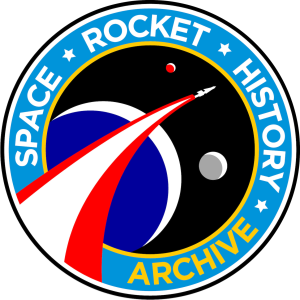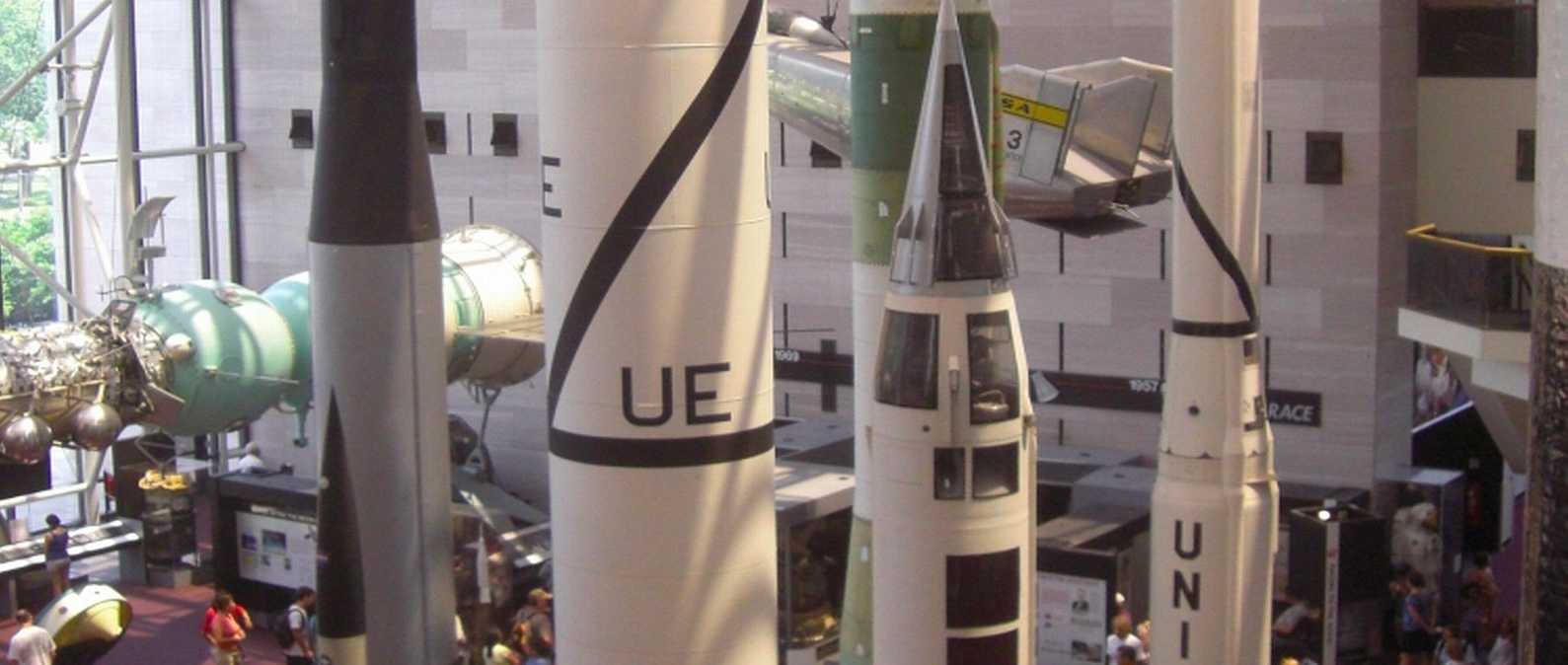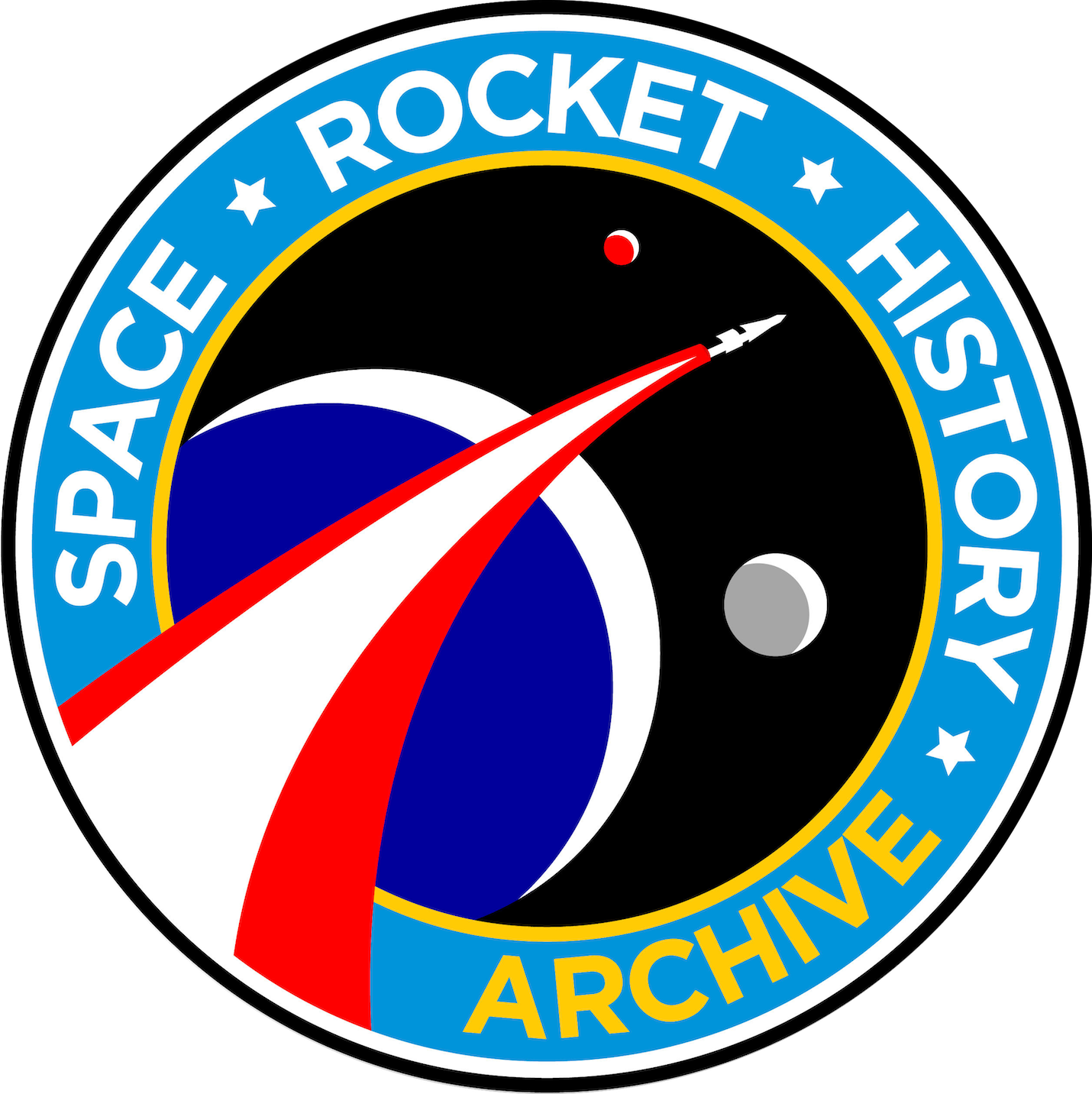Episodes

Wednesday Oct 03, 2018
Space Rocket History #98 – Apollo Beginnings
Wednesday Oct 03, 2018
Wednesday Oct 03, 2018
President Kennedy proposed the manned lunar landing as the focus of the US space program but, at the time of his address, only one American, Alan B. Shepard, Jr. had been into space, on a suborbital lob shot lasting 15 minutes. No rocket launch vehicle was available for a lunar voyage and there was no agreed upon method for placing any kind of spacecraft safely on the lunar surface and getting it back to the earth. Nor was there agreement within NASA itself on how it should be done.

Wednesday Oct 03, 2018
Space Rocket History #97 – Soyuz Test Flight No. 2
Wednesday Oct 03, 2018
Wednesday Oct 03, 2018
The first Soyuz test flight was a catastrophic failure. Due to negligence, the attitude control system malfunctioned and used all of its fuel before a rendezvous could be attempted or even the second Soyuz rocket could be launched. When the Soviets attempted to return the first Soyuz to earth, the vehicle’s self-destruct system activated because it was unable to make a landing in the Soviet Union. OKB-1 was disgraced.

Wednesday Oct 03, 2018
Space Rocket History #96 – Soyuz Test Flight No. 1 – Kosmos-133
Wednesday Oct 03, 2018
Wednesday Oct 03, 2018
After many delays in launching the first Soyuz due to design complications, equipment deliveries, the learning curve for testing new designs, unreasonable launch dates, persecution from the communist party, and the death of Chief Designer Korolev. The first unmanned test flight is nearing launch. Two Soyuz 7k-OK’s have made it through testing. Both Soyuz have been attached to their carrier rocket and are nearly ready to launch. The plan is to launch both vehicles 24 hours apart in order to perform a rendezvous.

Wednesday Oct 03, 2018
Space Rocket History #95 – Soyuz Development – Part 4 – Politics and Testing
Wednesday Oct 03, 2018
Wednesday Oct 03, 2018
“In those days, the Party organizations in industry were not only involved with policy, ideology, and the “struggle against nonconformist thought,” but tried to get involved in technology and production engineering. Wielding real authority over people who were Party members, they had the opportunity to affect the production process. With few exceptions, every chief designer was a Party member. It was far more dangerous to receive a Party reprimand than a reprimand ordered by the head of an enterprise or even a minister.
The Communist Party of the Soviet Union was a party of power. This was a party that actively meddled in the production process not only from the top—through the Central Committee or Politburo—but also from the bottom. Things did not always turn out as planned, but as a rule, they had the best of intentions. The Party attempted to encompass all aspects of a person’s life with its ideological influence. Any job was supposed to be a “thing of virtue, honor, and heroism,” not for the sake of personal prosperity, but to strengthen the power of the state. “So long as our motherland lives, there are no other cares”—these words succinctly and rather accurately reflected the spirit of a myriad of Party propaganda campaigns. Any deviation from the Party line was punished mercilessly. The Party allowed no liberalism within its ranks.“ Boris Chertok.

Wednesday Oct 03, 2018
Space Rocket History #94 – Soyuz Development – Part 3
Wednesday Oct 03, 2018
Wednesday Oct 03, 2018
After Voskhod-2, an ideological vacuum, disorder, and vacillation cropped up in the Soviet maned space program. There was no clear-cut answer to which project should be the priority, a new series of Voskhods, artificial gravity experiments, or the construction of the Soyuzes. However, during August 1965 the wavering ended. First priority was given to the Soyuzes. A real all-hands rush job to develop and manufacture Soyuzes got underway. A new un-realistic schedule was created that required OKB-1 to supply, three Soyuz flight vehicles ready for testing, two in December of 1965 and one in January of 1966.

Wednesday Oct 03, 2018
Space Rocket History #93 – Soyuz Development – Part 2 – Rivals
Wednesday Oct 03, 2018
Wednesday Oct 03, 2018
The circumlunar plan involved 3 new spacecrafts. First the Soyuz A 7K spacecraft, capable of carrying three men, (2 men for a circumlunar flight) into space and returning them to earth. The 5.5 ton spacecraft has three modules, the orbital module, the re-entry module, and the service module.
The second new spacecraft is the Soyuz B 9K booster stage, with a fueled mass of 18 tons. After docking with the 7K, the 9K is capable of boosting the combined spacecraft out of earth orbit on a course to the moon.
The third new space craft is called Soyuz V 11k tanker. It has a mass of 5 tons. It is used to ferry fuel from the earth to the 9K Booster. It will take 4 tankers to fill the 9K booster with enough fuel to push the Soyuz 7K on a path to the moon.

Wednesday Oct 03, 2018
Space Rocket History #92 – Soyuz Development – Part 1
Wednesday Oct 03, 2018
Wednesday Oct 03, 2018
Hey everyone. I have been sick for a week and unable to talk, without coughing up a lung. But, I didn’t want you to miss your weekly dose of Space Rocket History. My wife agreed to help me out with the vocal part of this episode. This is her first podcast so please be nice to her. Hopefully, I will be able to speak a complete sentence without coughing my head off next week.
I want to thank my wife, Caroline Annis from the bottom of my heart for her help with this episode.

